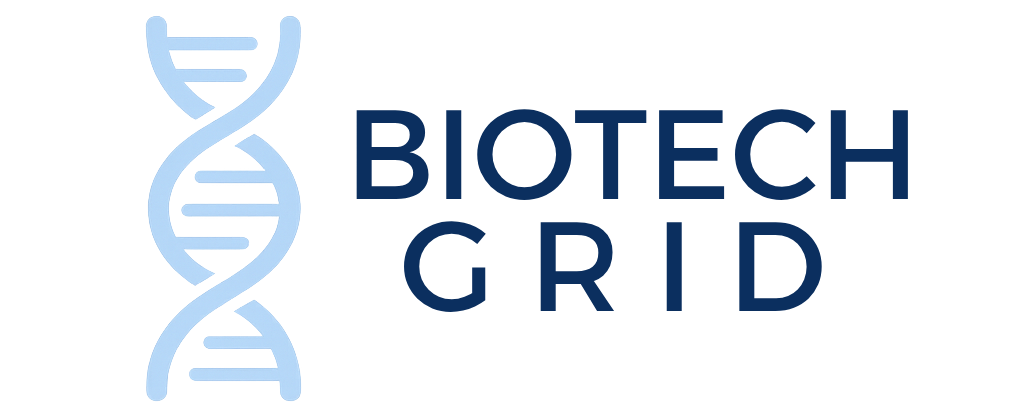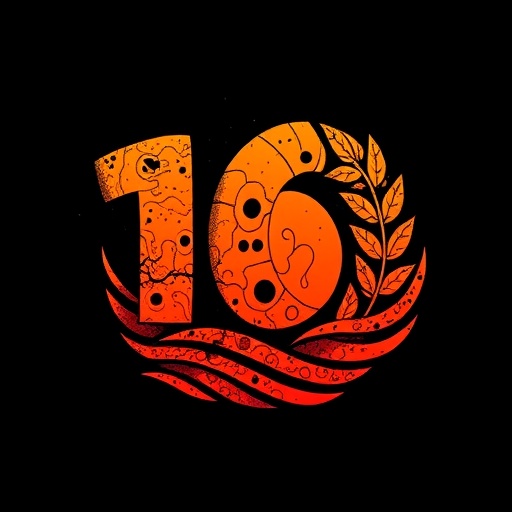
In the ever-evolving landscape of global risk management, the Sendai Framework for Disaster Risk Reduction represents a landmark commitment to reshaping how societies prepare for and respond to natural and technological catastrophes. Now, a decade since its adoption, the framework’s impact and the urgent need to advance resilience strategies internationally have never been more critical. In his incisive analysis published in the International Journal of Disaster Risk Science, Saulo (2025) delves deep into the successes, shortcomings, and future imperatives of the Sendai Framework, providing invaluable insights into how humanity can navigate an increasingly volatile planet.
The Sendai Framework, established by the United Nations in 2015, marked a paradigm shift from traditional disaster response approaches to a multifaceted strategy emphasizing risk reduction, preparedness, and recovery. Unlike previous frameworks, it highlights a proactive stance, urging nations to invest in long-term resilience building rather than merely reacting to disasters. This transition aims to reduce mortality, economic loss, and infrastructure damage resulting from disasters, with special attention to vulnerable populations.
Saulo’s discourse underscores that while remarkable strides have been made in raising global awareness and developing legislation aligned with the framework, significant challenges remain in implementation across different socio-economic contexts. Developing countries, often bearing the brunt of disasters, continue to face profound resource constraints, data deficiencies, and institutional fragmentation that impede effective risk reduction.
Technological advances in data analytics, remote sensing, and early warning systems have been transformative over the past decade. The integration of satellite imagery, machine learning algorithms, and real-time monitoring systems has enhanced predictive capabilities, allowing for more timely and accurate risk assessments. Saulo emphasizes that leveraging these technological assets on a global scale requires equitable access and capacity building in under-resourced regions, which remain a critical barrier to universal progress.
One particularly innovative aspect of the Sendai Framework is its emphasis on understanding the complex interactions between various hazards, such as climate change-related events, pandemics, and cascading infrastructural failures. Saulo argues that disaster risk reduction must transcend isolated hazard planning and instead adopt a systemic perspective that considers multi-hazard synergies, vulnerabilities, and adaptive capacities simultaneously.
A notable insight from the analysis is the framework’s influence on reshaping governance structures related to disaster risk reduction. Countries have increasingly instituted multi-sectoral platforms that integrate health, environment, urban planning, and emergency services. However, Saulo notes that coordination challenges persist at local and national levels, often exacerbated by jurisdictional overlaps or unclear mandates, which undermine the coherence of risk reduction efforts.
The evolving discourse on resilience within the framework has also expanded beyond traditional definitions centered on infrastructure durability. Current understandings embrace social, economic, and ecological dimensions, recognizing resilience as a dynamic process involving community empowerment, livelihood diversification, and ecosystem-based adaptation. Saulo calls for embedding these holistic perspectives into policy and practice to foster more sustainable and inclusive outcomes.
Financial mechanisms related to disaster risk reduction have witnessed innovative developments, including catastrophe bonds, risk pooling, and insurance schemes tailored for lower-income countries. However, the scale of investment remains vastly insufficient given the exponential increase in disaster losses worldwide. Saulo highlights that closing the financing gap necessitates stronger global solidarity, dedicated funding streams, and integrative economic planning.
Furthermore, the framework’s alignment with the United Nations Sustainable Development Goals (SDGs) presents an unprecedented opportunity to mainstream disaster risk reduction across sectors such as poverty alleviation, climate action, and urban development. Saulo stresses that this intersectionality should drive integrated strategies that address root causes of vulnerability while promoting sustainable growth trajectories.
Education and capacity building are essential pillars supporting the Sendai Framework’s ambitions. Efforts to incorporate disaster risk education into school curriculums, vocational training, and community awareness campaigns have shown promise in fostering a culture of preparedness. Nevertheless, Saulo points out a critical need for sustained investment and innovative pedagogical approaches that can adapt to diverse cultural and contextual realities.
From a scientific standpoint, Saulo underlines the growing role of interdisciplinary research in elucidating disaster dynamics and guiding policy. Collaboration across climatology, engineering, social sciences, and public health has enriched understanding and unveiled nuanced vulnerabilities. Yet, there is pressing demand for open data sharing, standardized methodologies, and participatory research frameworks to enhance the relevance and applicability of scientific findings.
In light of escalating climate variability, urbanization, and demographic shifts, the necessity for adaptive governance and flexible strategies has never been clearer. Saulo presents scenarios illustrating how rigid policy frameworks risk obsolescence in the face of complex, emerging risks, advocating instead for iterative processes that learn from experience and incorporate stakeholder feedback continuously.
The COVID-19 pandemic has further exposed the interconnectedness of global vulnerabilities and underscored the urgency of integrated risk management. Saulo discusses how disaster risk reduction frameworks must incorporate biological hazards comprehensively, bridging the gap between traditional emergency management and pandemic preparedness to safeguard health systems and socio-economic stability.
Looking forward, Saulo envisions a transformative decade ahead, where artificial intelligence, big data, and community-driven innovations converge to enhance resilience. The empowerment of indigenous and local knowledge holders, coupled with cutting-edge technology, could generate adaptive solutions tailored to specific environmental and cultural contexts, making disaster risk strategies more robust and equitable.
Central to this vision is the political will and ethical commitment of states, international organizations, and civil society actors to uphold the principles of inclusivity, transparency, and shared responsibility embedded within the Sendai Framework. Saulo conclusively calls for reinvigorated global partnerships to translate ambition into actionable, measurable progress.
In summation, while the Sendai Framework has set a crucial foundation for disaster risk reduction worldwide, the past decade has revealed both its transformative potential and the formidable obstacles that remain. Saulo’s comprehensive evaluation not only charts the path forward for enhanced resilience but also challenges stakeholders to embrace complexity, innovation, and solidarity with renewed vigor as the world faces ever more unpredictable threats.
Subject of Research: Disaster Risk Reduction and Resilience within the Sendai Framework
Article Title: A Decade of the Sendai Framework for Disaster Risk Reduction and the Imperative of Enhanced Resilience
Article References:
Saulo, C. A Decade of the Sendai Framework for Disaster Risk Reduction and the Imperative of Enhanced Resilience. Int J Disaster Risk Sci 16, 4–5 (2025). https://doi.org/10.1007/s13753-025-00615-8
Image Credits: AI Generated
Tags: challenges in disaster implementationdecade of Sendai Framework impactdisaster resilience buildingfuture imperatives for resilience strategiesglobal risk management strategiesinternational disaster risk policieslong-term disaster preparednessmortality and economic loss reductionnatural and technological catastrophesSendai Framework for Disaster Risk Reductionsocio-economic context of disaster responsevulnerable populations in disasters



